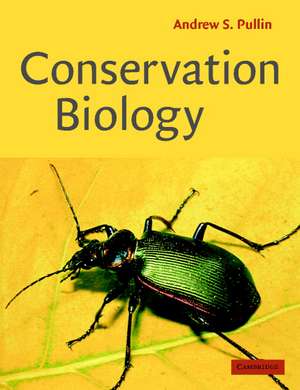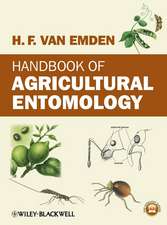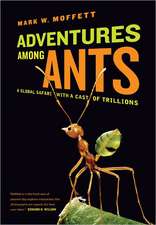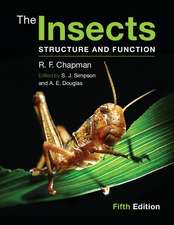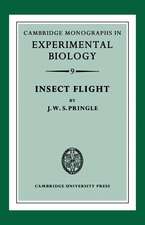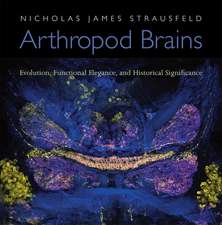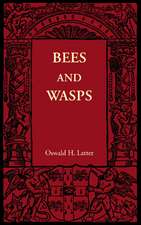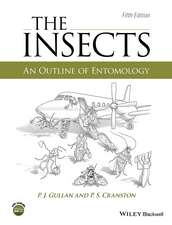Conservation Biology
Autor Andrew S. Pullinen Limba Engleză Paperback – 26 iun 2002
| Toate formatele și edițiile | Preț | Express |
|---|---|---|
| Paperback (1) | 475.59 lei 6-8 săpt. | |
| Cambridge University Press – 26 iun 2002 | 475.59 lei 6-8 săpt. | |
| Hardback (1) | 1312.26 lei 6-8 săpt. | |
| Cambridge University Press – 26 iun 2002 | 1312.26 lei 6-8 săpt. |
Preț: 475.59 lei
Preț vechi: 534.37 lei
-11% Nou
Puncte Express: 713
Preț estimativ în valută:
90.100€ • 95.02$ • 75.15£
90.100€ • 95.02$ • 75.15£
Carte tipărită la comandă
Livrare economică 16-30 aprilie
Preluare comenzi: 021 569.72.76
Specificații
ISBN-13: 9780521644822
ISBN-10: 0521644828
Pagini: 358
Ilustrații: 119 b/w illus. 46 maps 15 tables
Dimensiuni: 188 x 244 x 20 mm
Greutate: 0.79 kg
Ediția:New.
Editura: Cambridge University Press
Colecția Cambridge University Press
Locul publicării:Cambridge, United Kingdom
ISBN-10: 0521644828
Pagini: 358
Ilustrații: 119 b/w illus. 46 maps 15 tables
Dimensiuni: 188 x 244 x 20 mm
Greutate: 0.79 kg
Ediția:New.
Editura: Cambridge University Press
Colecția Cambridge University Press
Locul publicării:Cambridge, United Kingdom
Cuprins
Part I: 1. The natural world; 2. Major world ecosystems; Part II: 3. The human impact; 4. The effects of habitat destruction; 5. The effects of habitat disturbance; 6. Non-sustainable use; Part III: 7. The rise of conservation biology; 8. Selecting protected areas; 9. Design and management of protected areas; 10. Protecting species I. In situ conservation; 11. Protecting species II. Ex-situ conservation and re-introduction; 12. Landscape scale conservation; 13. Conserving the evolutionary process (a longer-term view of conservation); 14. Ecological restoration; 15. Putting the science in to practice.
Recenzii
' … as well produced and clear as its competitors and that the range of geographical examples is excellent. I shall certainly recommend it as a text for my undergraduate audience … this is a welcome addition to the library of books on conservation biology.' Journal of Parasitology
'… a very readable text taking an unusual route through the notion off conservation ecology … given the range of material and the focus on applied science, this text is one of the best recent introductions to the subject.' TEG News
'The book is attractively designed and easy to read, avoiding the imitation of web-page clutter that characterizes some recent textbooks. The figures have been redrawn to achieve a consistent and readable visual style. I recommend this text to instructors who are looking for a concise, readable introduction to the core concepts of conservation biology with an international perspective.' Ecology
'… a very good introduction and well worth recommending to students.' Glasgow Naturalist
'… a very readable text taking an unusual route through the notion off conservation ecology … given the range of material and the focus on applied science, this text is one of the best recent introductions to the subject.' TEG News
'The book is attractively designed and easy to read, avoiding the imitation of web-page clutter that characterizes some recent textbooks. The figures have been redrawn to achieve a consistent and readable visual style. I recommend this text to instructors who are looking for a concise, readable introduction to the core concepts of conservation biology with an international perspective.' Ecology
'… a very good introduction and well worth recommending to students.' Glasgow Naturalist
Notă biografică
Descriere
This colourful textbook introduces students to conservation biology, the science of preserving biodiversity.
